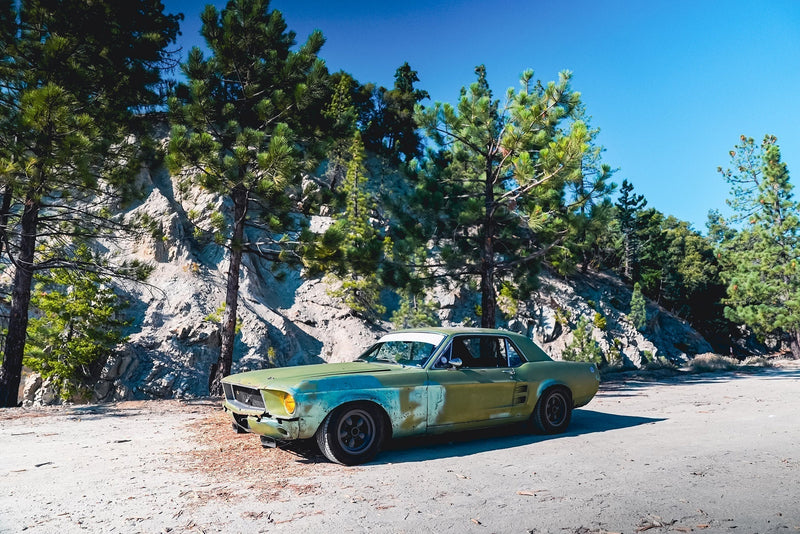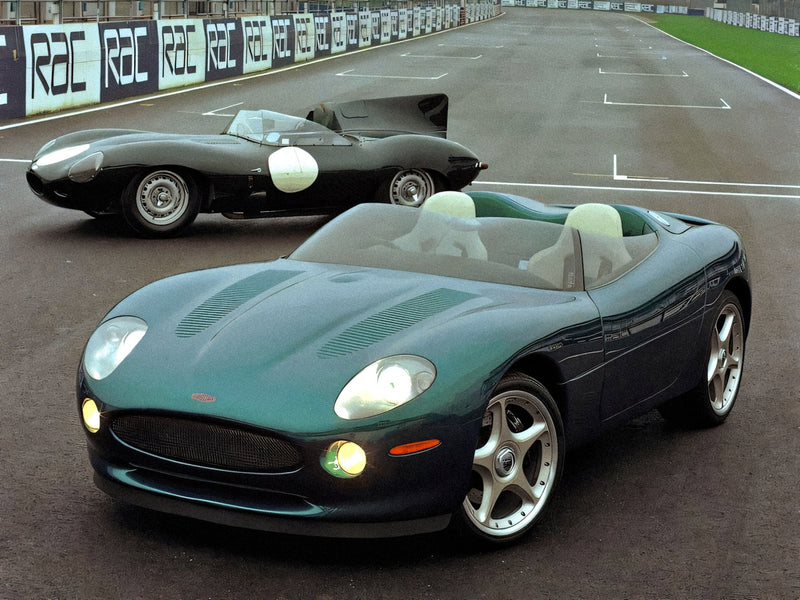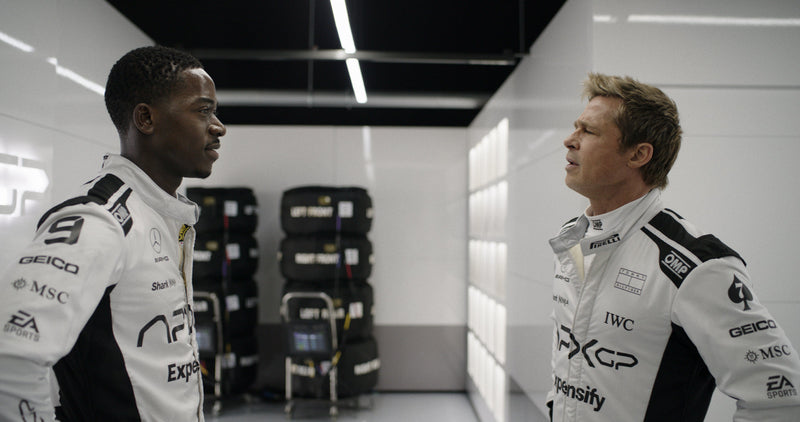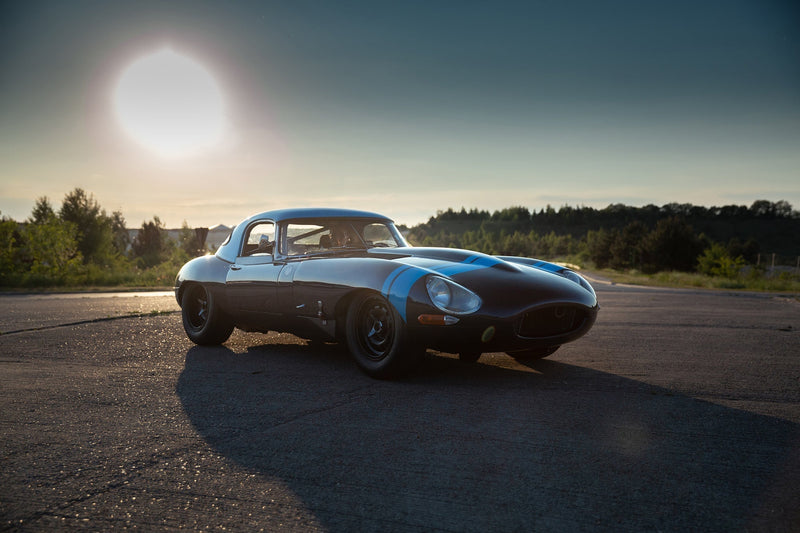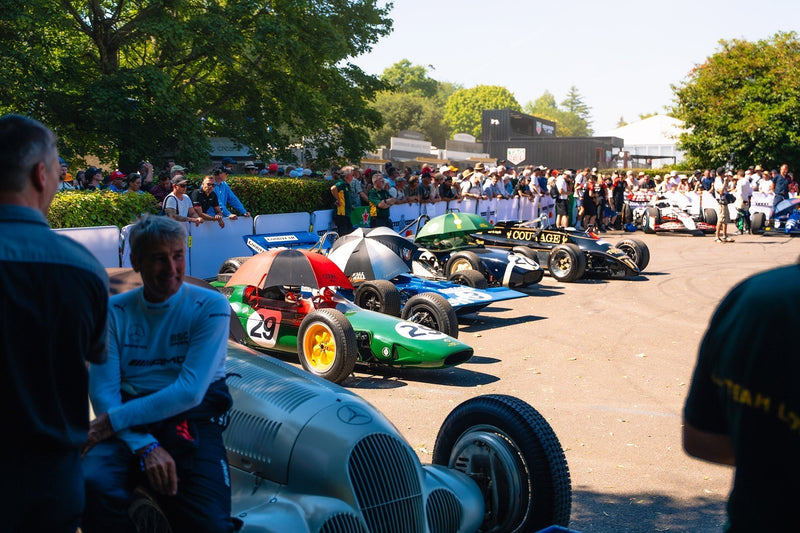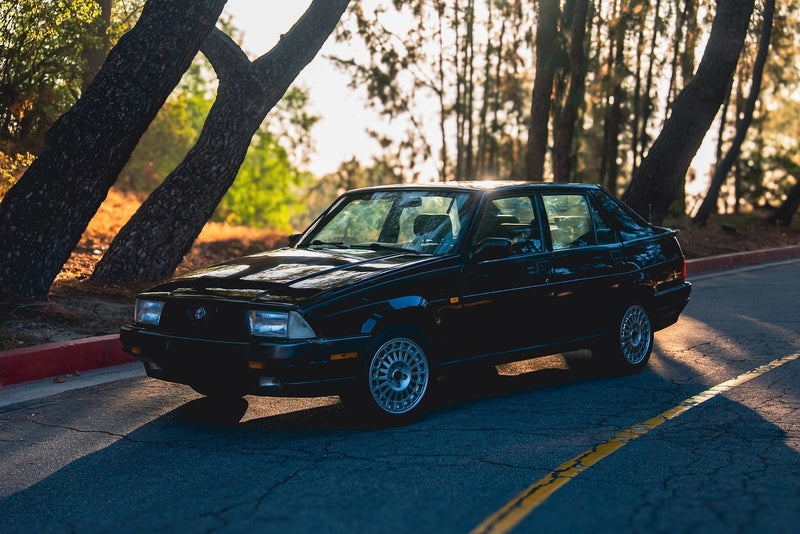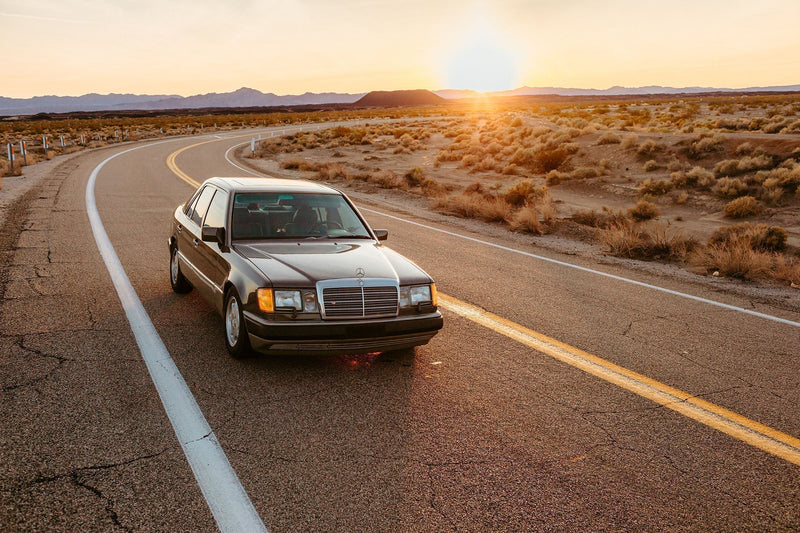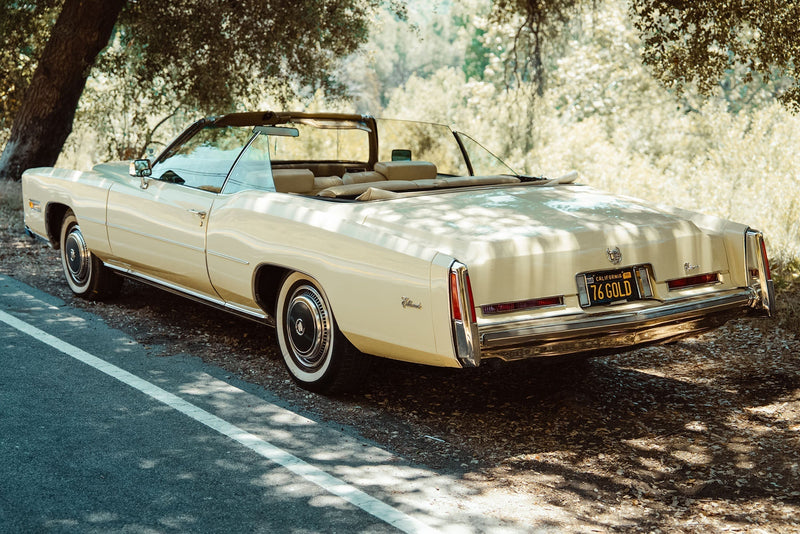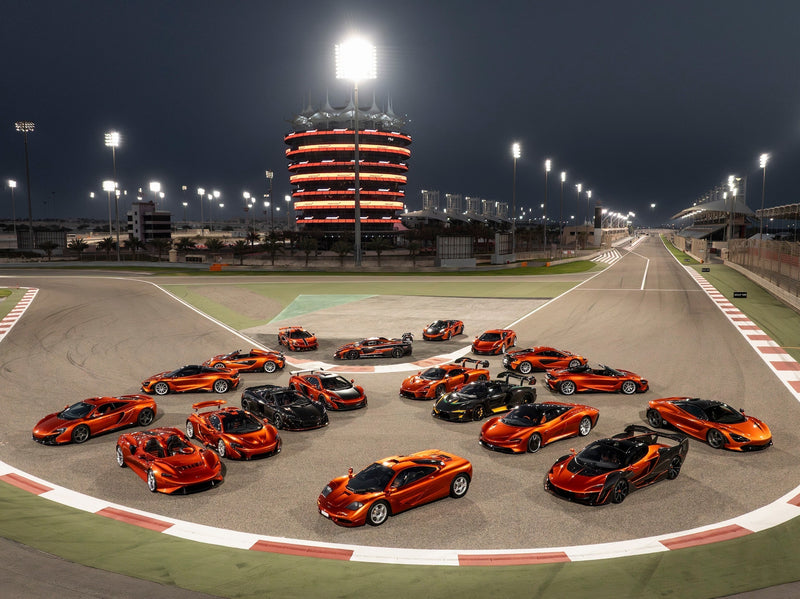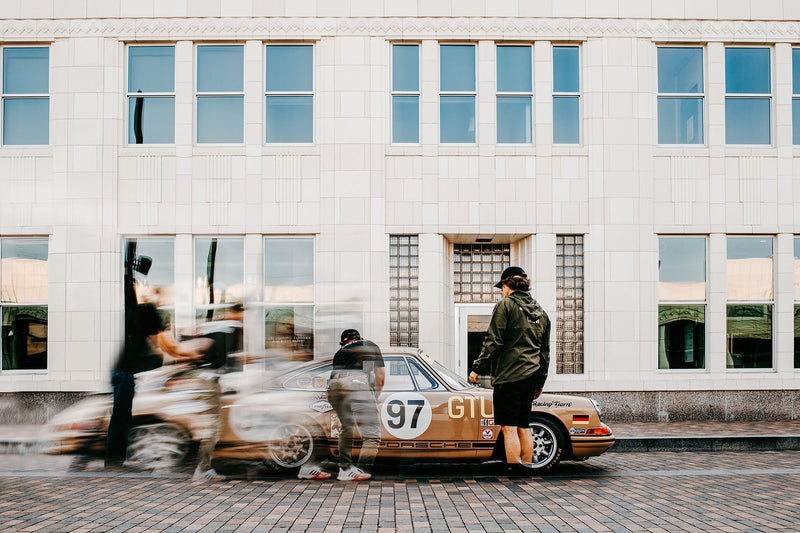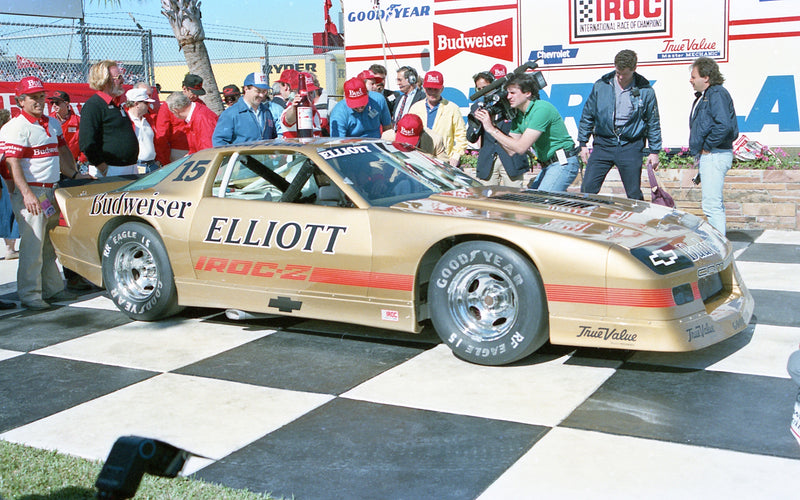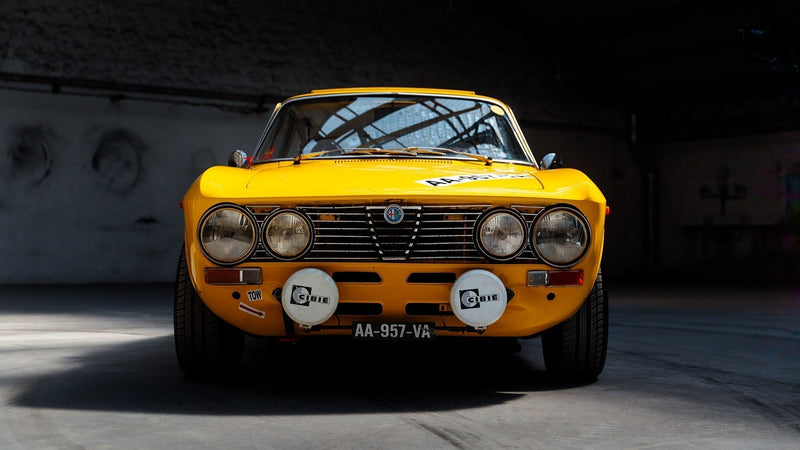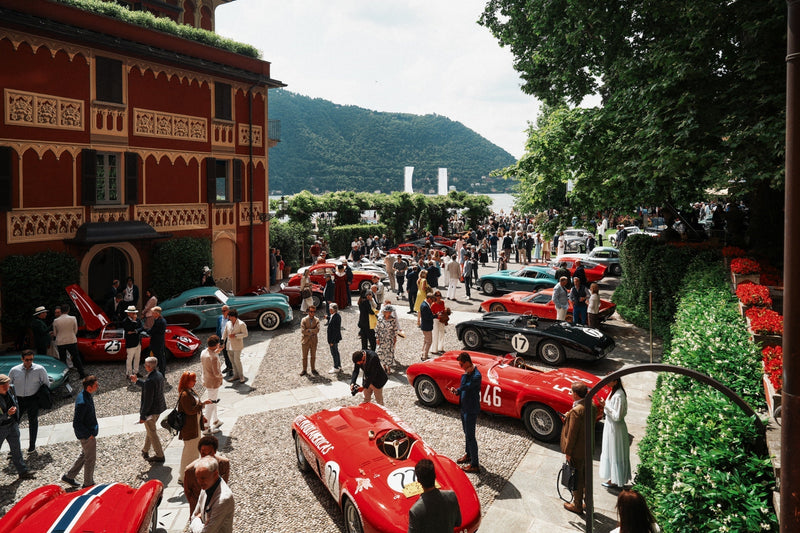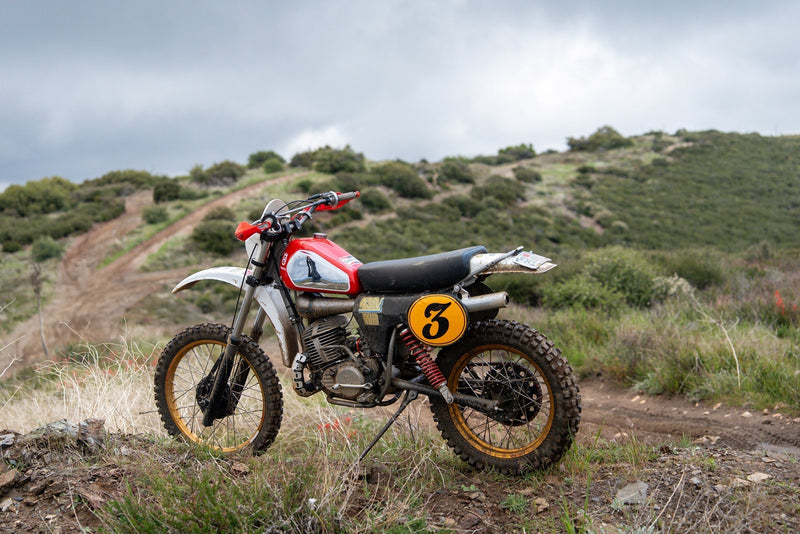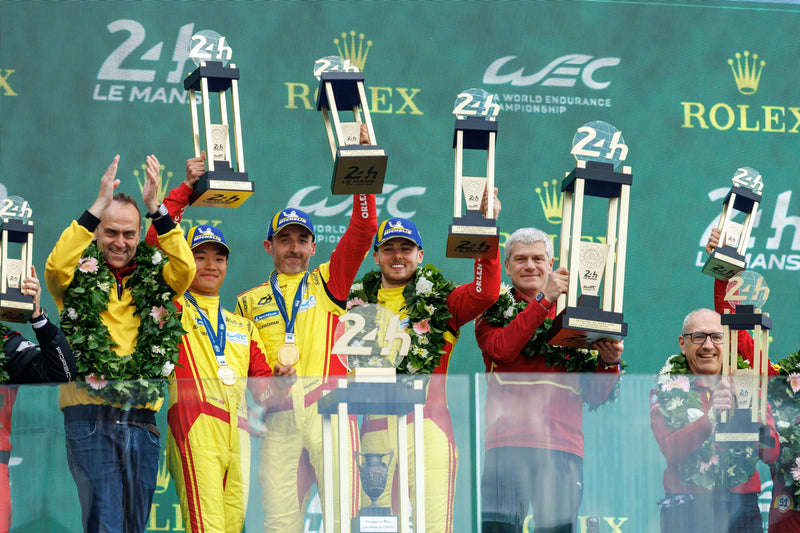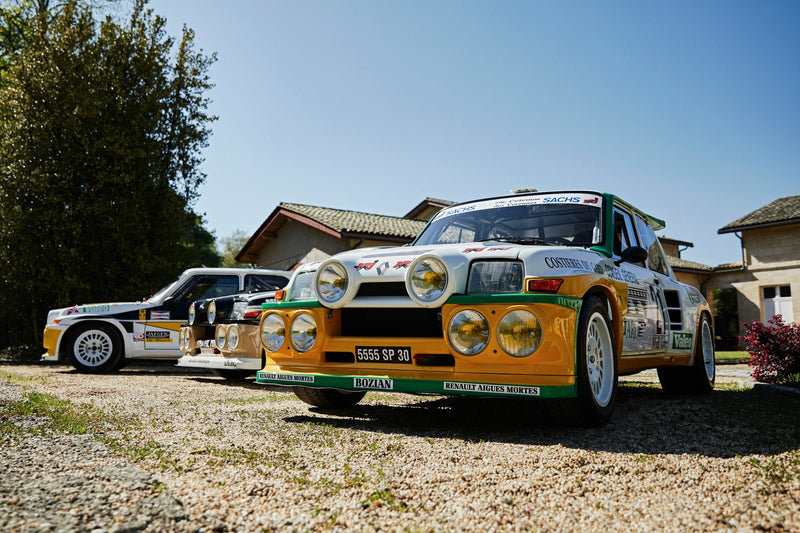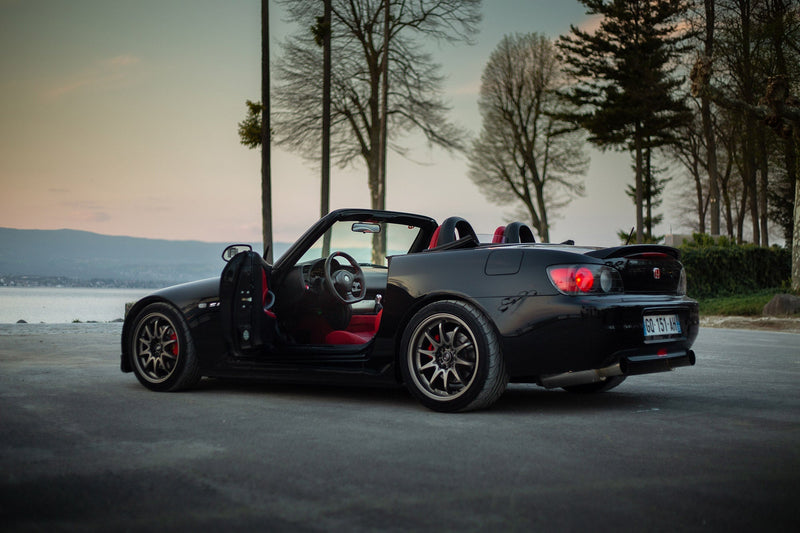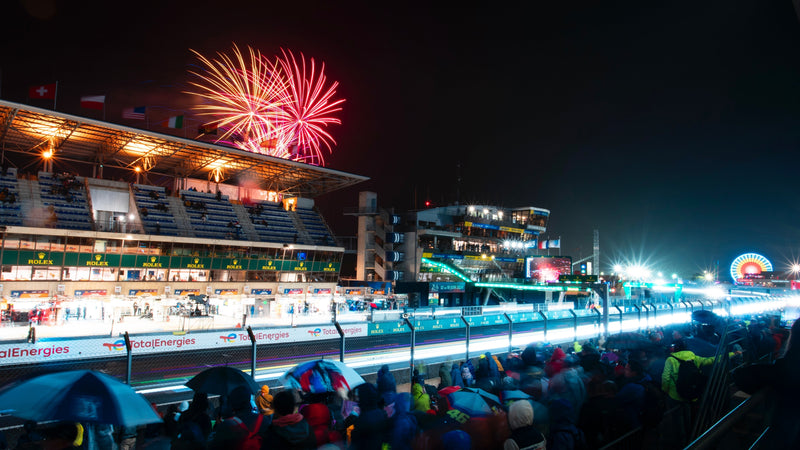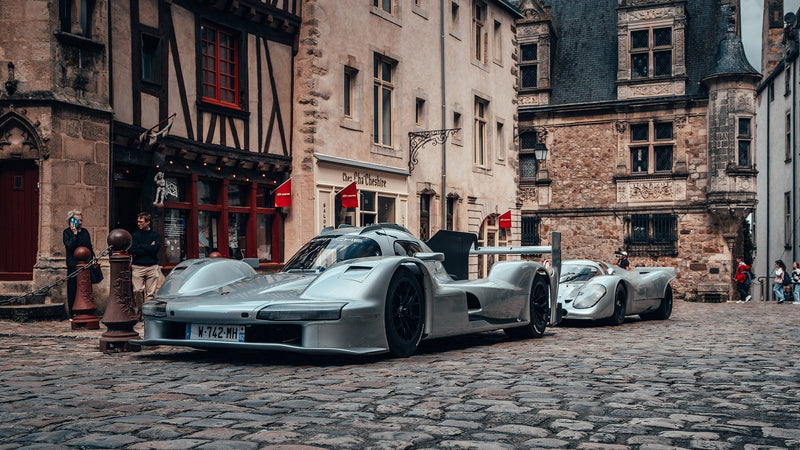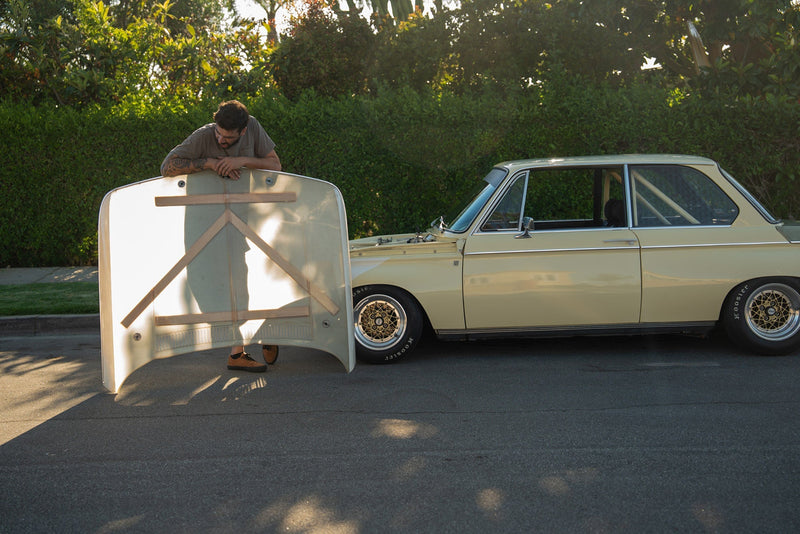Photography by Marco Annunziata
There is an international classic car owners’ club with just twenty members in the entire world, but you don’t need to be to be a multi millionaire to join. You just need to hunt down one of the surviving ASA 1000 GTs. A little more than 100 examples were built, and most are no longer with us, but when it was still being designed in 1963, the “Mille” (for “thousand”) was to be a small car with a relatively high level of performance built with quality parts. It boasted a tubular chassis for one thing, a manual gearbox supplied by Sunbeam, four-wheel disc brakes, a Nardi steering wheel, Jaeger instruments, and even Borrani wheels, much of which was easy to find on the most expensive cars of the day.
What's more, it contained a bit of Ferrari DNA, with a light alloy engine with four cylinders arranged inline, attached to which were two 40 DCOE9 double-body Weber carburetors developed in Maranello. It’s easy to see why fans of the ASA Mille nicknamed it “La Ferrarina.” This small, handsome GT penned by Giorgetto Giugiaro for Bertone, while beautiful and up to the task of sporty driving, had a somewhat troubled birth.



Ferrari started the development of this Gran Turismo at the end of the 1950s, building an example with a 850cc four-cylinder, mounted on a Fiat 1200 Pininfarina chassis, later modified. In 1961 they presented an updated version of the Coupé version in the Turin Salon with the engine enlarged to 1032cc and developing 95hp (said to be enough for a max speed of 180 km/h). The tubular chassis was perfected by Giotto Bizzarrini, who knew the 850cc version of the car when he worked in Maranello.
Later on, the production of the “Mille” was taken over by a newly founded company called ASA (Autocostruzioni Società per Azioni) for which Giotto Bizzarrini continued the development and the final road tests of the model. Based in Lambrate, in the outskirts of Milan, the factory was created by the De Nora family, who were chemical entrepreneurs, and it was run by their son Niccoló, who was interested in starting an automotive business. Ferrari had decided not to produce the small four-cylinder car that was once positioned to be an entry point into the Prancing Horse stable, but the Mille would live on under the ASA nameplate.






According to the project's production contract, the Cavallino's logo was not permitted to be displayed anywhere, and that contributed to the phenomenon of “many examples being repainted in red by owners at the time, as that color was not part of the original offered range, in order to suggest the original link to Ferrari,” the president of the ASA Register tells me. When he bought the example pictured here, in 2003, it had gone through one such color change to red. “Red and crackle finish,” he recalls. “I undertook some research and got in contact with the first owner of the car eventually, a lady who confirmed that the original finish was dark blue when it was brand new, so I took it back to that color.”
The original owner had acquired this Ferrarina in 1964, one year after the serial production began, and in the first half decade of its life the Mille Coupé went through many owners in Southern Italy, until 1970 wherein it spent the following 20 years in the hands of a Bolognese collector before finding a new home in the castle of Mario Righini, a well respected classic car lover and dealer.





“Mario was determined not to sell this ASA 1000, it took me two or three years to convince him. When it was finally decided that it could pass into my hands it was just the perfect timing for my 60th birthday, allowing me to treat myself to a great present,” the owner says with a laugh. “It's chassis number 10/20, the 10th built car.”
Since it had been unused for several years, when he took it home he refurbished the braking system while the rest was found to be in perfect condition. The interior was fortunately untouched, and it retains its fabulous Biscotto tone. “In Italy there are now only 10-12 Ferrarini left but sometimes it may happen that a previously undiscovered one resurfaces,” the expert goes on to explain. It's no surprise that the model is very rare today, as the production ceased quite soon after it had begun, in 1967.



The ASA 1000 GT just wasn't that successful. Maybe it was due to the lack of a thoroughbred sports car manufacturer's logo on the bonnet—but it almost certainly had to do with the price, which was not competitive at all (2.5 million Lira in 1965 for both Coupé and Spider versions). After a few examples were realized by Bertone, the manufacturing of the series was continued by the coachbuilder Ellena, without employing the Ferrari distribution network, except in the US market through Luigi Chinetti. However, even the former driver and official American Cavallino importer Chinetti, who put a lot of emphasis the car and its noble origins in period advertising, couldn't reach any meaningful sales targets. That's a pity, as the Ferrarina is a gem of its time.

































